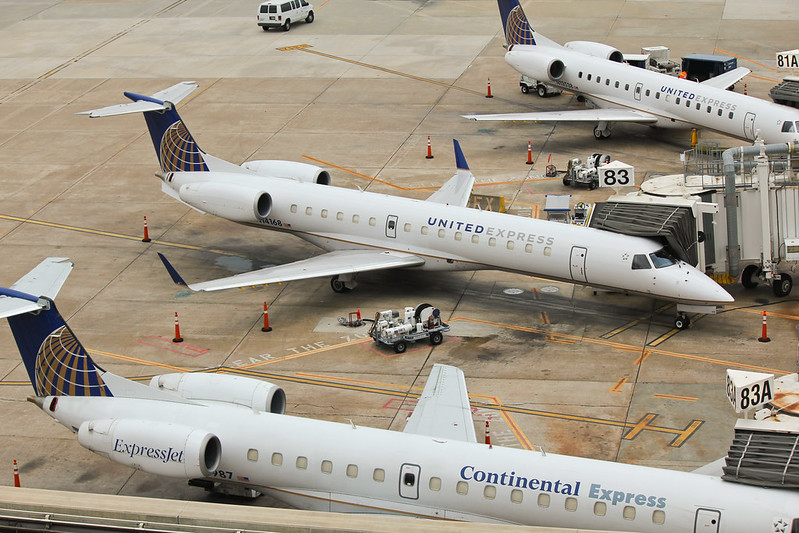We were halfway through our meal before the flight attendant serving us became talkative. The Lufthansa flight attendants on long haul flights are always a little reserved until they know the customer is alright with conversation and even then, they are focused on their jobs. She asked whether or not Frankfurt was our final destination. When I said “no” and explained we were going to Dresden, I got received a puzzled look. “Christmas Market”, I said. Then she understood.
Between the nights of February 13 and February 15 1945, four raids were flown against the city of Dresden by British and American air crews. 3,900 tons of high explosives and incendiary devices led to a firestorm that engulfed the entire city center, leaving an estimated 25,000 people dead and reducing much of Dresden to rubble. To this day the justification of the indiscriminate bombing of the city is still called into question (by this time in the war, the USAAF had focused on strategic bombing of specific military targets).
At first glance, Dresden does not look like much. A simple Altstadt (old town) on one side of the Elbe River and a more modern and in some cases, Soviet looking, new[ish] town on the other side. Lining the river are a myriad of historic buildings, most rebuilt using the rubble from the 1945 bombings. The city is not well known to Americans, except for those who happen to use the stop to stretch their legs while taking the train from Prague to Berlin or maybe to visit the transparent Volkswagen factory. But once you dig into Dresden a little, you find a very kind people very happy to have visitors gracing their city.
Our trip took us to Dresden in mid-December, when the Christmas Markets are in full swing. Europeans flock to Germany to visit the country’s plethora of markets, but Dresden gets special attention being the largest and oldest of the markets. Having first opened in 1434 and known as the Striezelmarkt, entering the market is a little overwhelming. The smell of sausage, Glühwein, and Lebkuchen fill the air while people mill about with their children and extended family. From time to time a group of carolers starts singing and all of the people around join in the chorus. Buy a cup of Glühwein and a few slices Christstollen, a bread with dried fruit that melts in your mouth, and just enjoy the market. A special treat is the parade, known as Bergparade, put on by miners from the surrounding mountain communities. The miners chant and sing while walking around the Altstadt. Seeing all of the different mining “companies” was our first experience in Dresden on the night we arrived and it was a great introduction to the spirit of the city and of the Christmas Markets in general.
Other attractions in Dresden? We listened to an organ concert in the rebuilt Frauenkirche, visited the “Hygiene” museum, and enjoyed a few cafes and people watching around the city. Dresden is very walkable and the tram system is great for those further jaunts around town. There are a number of good brewpubs/beer halls, including Brauhaus Am Waldschlösschen and Feldschlößchen-Stammhaus. Needless to say, a few days in Dresden are well worth it, especially before Christmas.
Dresden has had a turbulent history, but the city and the people have weathered it well. If you are ever in eastern Germany, a visit to this fine Florence on the Elbe is worth it.




